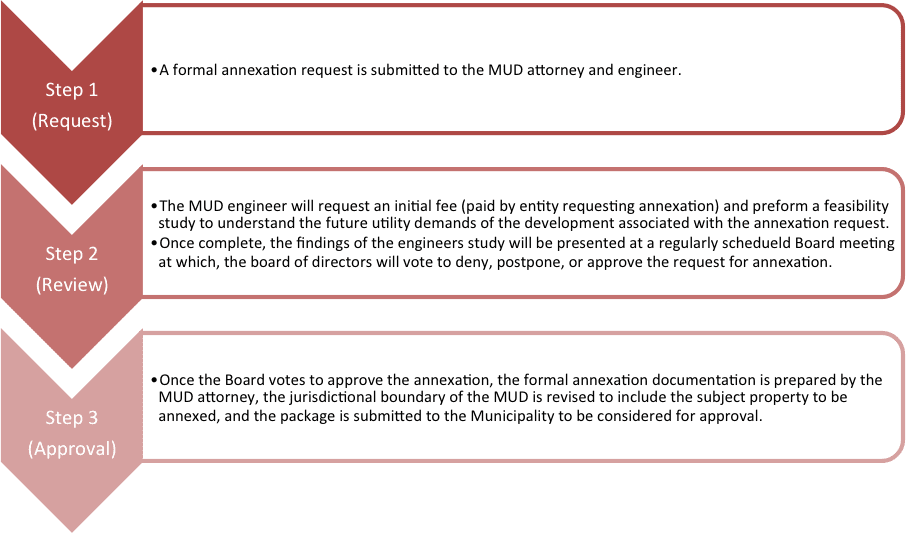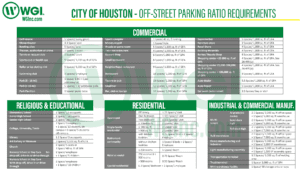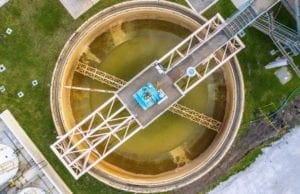What is a MUD?
If you work in land development in the greater Houston area, you are probably no stranger to the Municipal Utility Districts or MUDs.
It’s no secret that the greater Houston area has experienced a significant population increase in the past few years. With that increase comes development activity and the need for municipal services to support it. If you work in the land development world, you know that researching water and sanitary sewer utility locations and capacity is typically your first order of business when evaluating the viability of a new development.
In Texas, MUDs are governed by Title 4, Chapter 54, Subchapter A of the Texas Water Code.
What do MUDs do?
The primary function of a MUD is to provide water, sewer, and stormwater drainage services in areas where municipal services are not available. MUDs are typically financed through the sale of bonds which, in turn, are serviced by the taxes levied and collected by the MUD. From an engineering and land development point of view, getting familiar with the MUD process and engineering review requirements is a must. As mentioned above, your first order of business typically begins with the MUD to investigate existing utility location and capacity. In the event that you discover that you have a site that is not located within the jurisdictional boundary of a municipality or a MUD, a petition for annexation is likely required.
The annexation process must first be approved by the MUD Board of directors and then, by the Municipality if located within its ETJ. From start to finish, the length of the process varies depending on the MUD itself as well as the associated municipality that may have an interest in the annexation, but can typically be completed within 6 months. A flow chart of a typical annexation process can be seen in the graphic below:















